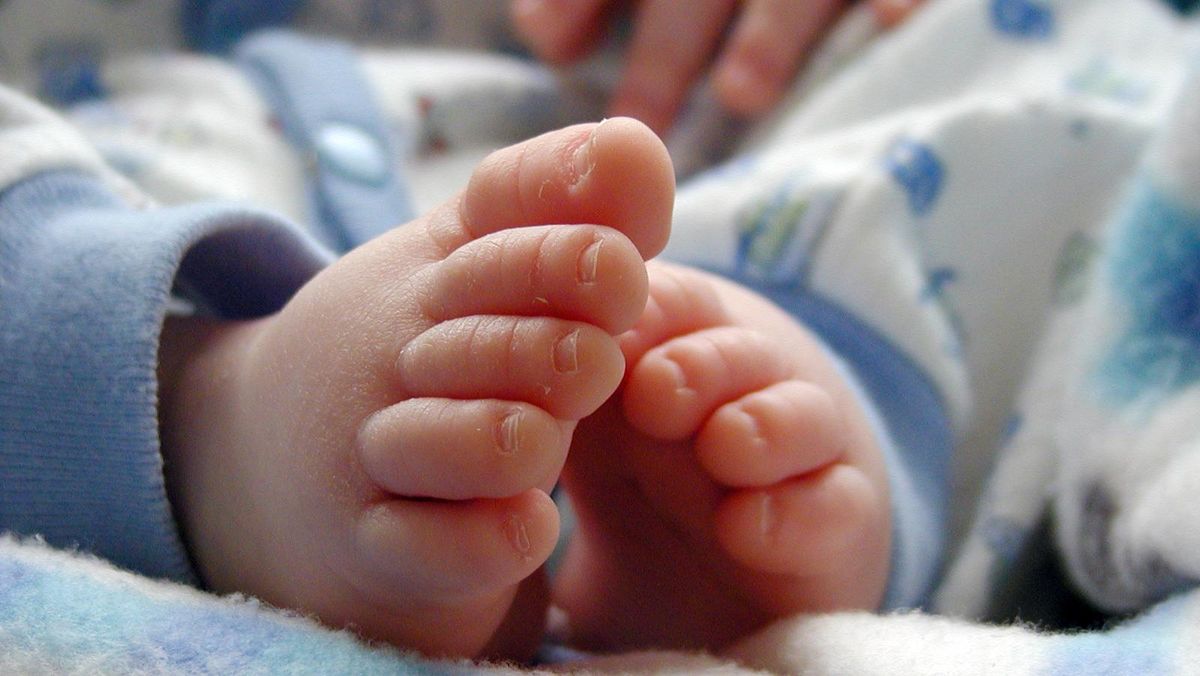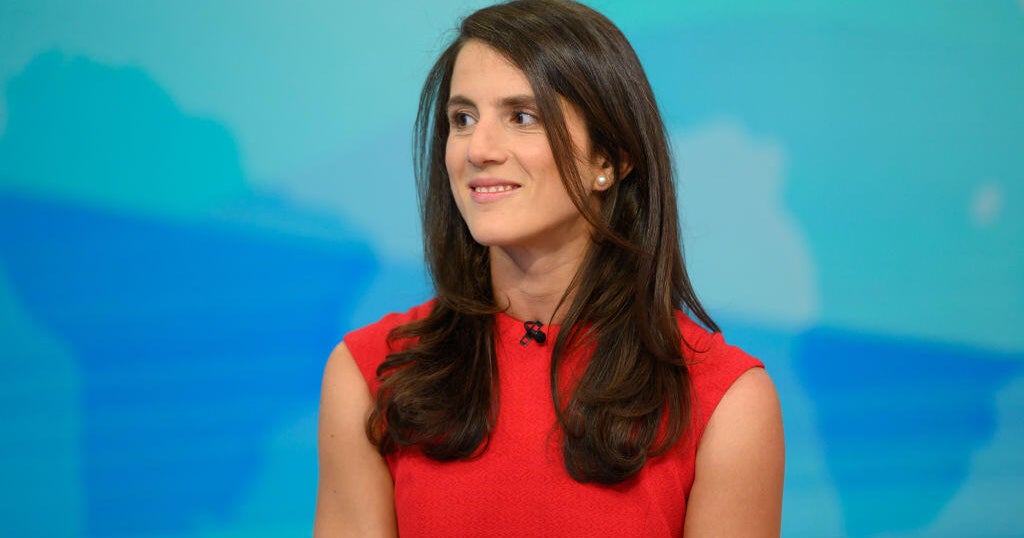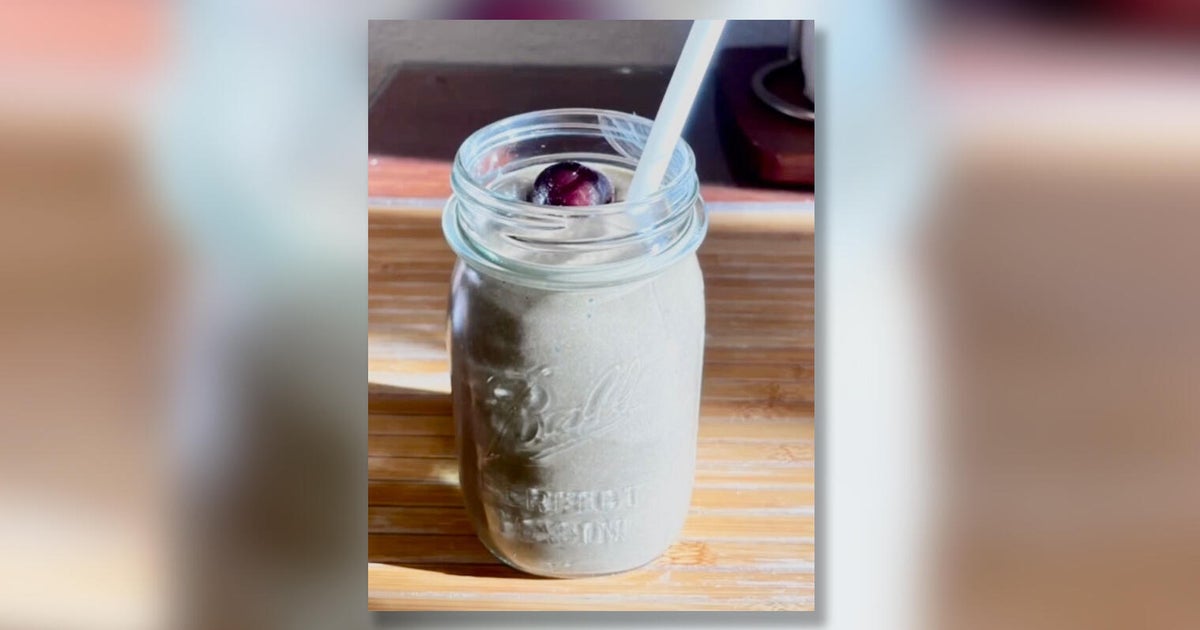Alice Perceval isn’t entirely sure how her late mother, Mary Nolan (née Boyd) would feel about her intimate family photos being included in a major new exhibition.
“Some of them are sort of snap-shotty, so I think she would have felt maybe not so pleased about that, but I think she would have welcomed the exhibition, definitely,” Alice tells me via Zoom from Wales. “There’s rather a lot of me and I sort of feel a bit shy about that. I wasn’t part of the choosing.”
Choosing was the not-so-easy task of Sophie O’Brien, head curator at the Bundanon Art Museum, for an exhibition foregrounding five generations of women from Australia’s best-known artistic dynasty, the wildly prolific Boyd family. Titled The Hidden Line: Art of the Boyd Women, it features more than 300 works and traces the family back to 19th-century painter and watercolourist Emma Minnie à Beckett, Mary Nolan’s grandmother and the font of this great artistic legacy.

Mary Nolan, Family picnic under the sweet chestnut trees, Anduze, c1973.Credit: National Library of Australia, courtesy of the Mary Nolan Estate
“It’s such a productive family, I’ve had a hard time fitting everything in – what a problem to have,” O’Brien says.
For most people, the name “Boyd” immediately brings to mind Arthur Boyd, Mary Nolan’s beloved brother, known for his expressionist and landscape paintings, including his much-admired depictions of the Shoalhaven River, with its banks of gleaming white boulders, towering gums and vivid blue and purple skies.
Bundanon, set on 1000 hectares by the Shoalhaven, in Dharawal Country, on the south coast of NSW, was Arthur and Yvonne Boyd’s country property, which they gave to the Australian public in 1993. (Many of Yvonne’s drawings and paintings are in the exhibition.) The Bundanon Collection includes more than a thousand works by Arthur Boyd, and many by his father, potter Merric Boyd, but from today and throughout the summer, the family’s female artists will take precedence, including 48 photographs by Mary Nolan that have never been exhibited publicly before, on loan from the National Library of Australia.
And yet, Alice wonders whether her mother would even have thought of herself as an artist.
“She was so taken up with the demanding life of supporting the men that she lived with, who were very powerful personalities, I don’t think she would have called herself an artist,” says Alice, speaking from Presteigne, in Wales, where she lives close to the Rodd, the Jacobean manor house that was the final home of Mary and Sidney Nolan. “She was a very creative person, but she really was a woman of her generation … she lived for her family and she encouraged the creativity of her children and her husbands – my father John Perceval, and my step-father Sidney Nolan.”

Mary Nolan, Alice painting on her father’s picture, c1966.Credit: National Library of Australia, courtesy of the Mary Nolan Estate
Mary’s love of art was clearly instilled in her children. All four of them – Alice, Celia, Tessa and Matthew – are artists, as is Alice’s daughter Kitty, whose stoneware vases, inspired by her grandmother, potter Doris Boyd (née Gough), are included in the exhibition.
Mary’s photos are a testament to her own creative spirit, and a gift perhaps not fully realised. As Brenda Niall writes in her book The Boyds (2002), Mary had shown “unusual promise as an artist”. However, “After her marriage Mary had little time to paint; and John Perceval did not encourage her to think of a career”.
Like most women of her generation, Mary went through life being defined, in name at least, by the men in her life. With one dramatic distinction. The men in her life were among the most renowned of 20th Century Australian art.
“She had three names,” O’Brien says. “Chaps don’t have that problem, they’re just who they are.”
Mary’s life was infused with art the moment she was born, in 1926, into the sprawling creativity of the Boyds, daughter of potters Merric and Doris, sister of Lucy, David, Guy, and the most famous sibling of all, Arthur. The family’s Open Country home and studio in Murrumbeena, then a rural area of Melbourne, was a hive of artistic activity, with artists from the volatile Heide circle in Bulleen, including Sidney Nolan, also dropping in and enjoying the more relaxed atmosphere at the Boyds’.

Mary Nolan, Perceval family camping in the South of France, 1964.Credit: National Library of Australia, courtesy of the Mary Nolan Estate
Aged 18, Mary married Arthur’s friend John Perceval, and by age 30 had four children with him. The relationship was tested by Perceval’s alcoholism. Mary issued an ultimatum and in 1967, the couple parted ways. She moved to London with 10-year-old Alice, and to be close to her older children who were already there and beginning to have children of their own.
In 1978, Mary married Sidney Nolan, becoming Lady Nolan when Sidney was knighted in 1981 for his contributions to art.
“Her life changed when she married Sid,” says Alice. “Sid became absolutely 100 per cent her life … she was completely devoted to him.”
‘This is someone who has grown up in an artistic family and she’s been looking at the work of other artists, she’s been making paintings herself … which is the best training you can have.’
Sophie O’Brien, head curator at the Bundanon Art MuseumMany of Mary’s photos were taken from 1963 to 1965, before she separated from Perceval, when the family moved to London for two years and travelled through Europe.
“When we came to London she had a camera, it was a Pentax I remember, and there were other Australian artists living in London at the time, so there was Arthur and David Boyd, Charlie Blackman, Brett Whiteley was there for a while as well,” Alice says. “She had this idea right from the start that she wanted to make a book of Australian artists living in London in the 1960s.”
The book never eventuated, and Alice hopes that one day it will. This exhibition favours Mary’s photos of family life, focusing on the Boyd women – sisters, aunts, cousins – although John Perceval, Arthur Boyd and Charles Blackman make an appearance.
Mary’s four children feature prominently: making daisy chains; putting on plays; painting; picnicking; tumbling out of a tent, a wild knot of bony arms and legs. One could describe them as family snapshots, and yet the best of them have a quirky spontaneity, unusual framing and lack of sentimentality that hold one’s gaze. They’re not the vapid, braggy stuff of social media feeds.
“She has an extremely good eye,” O’Brien says. “This is someone who has grown up in an artistic family, and she’s been looking at the work of other artists, she’s been making paintings herself … which is the best training you can have.”

Yvonne Boyd, Melbourne tram, 1944.Credit: Bundanon Collection
It’s true that there are quite a few shots of Alice, a consequence of her living with Mary in London after her parents’ divorce. There are moody portraits of Alice as a teenager growing up at Wildwood Grove, or submerged amongst a thick bed of rosebay willowherb on Hampstead Heath. And there’s a beautifully ramshackle photo of Alice in an armchair, wrapped in a jumble of blankets, while uncle Arthur stokes the fire. It’s the depths of winter, circa 1972, at Keeper’s Cottage, Arthur’s retreat and studio on the Deben Estuary in Suffolk.
Mary appears in one photo only, from an odd angle – her face hovers out of focus, the camera homing in on her striking middle-daughter, Celia.
“I’ve got a feeling it might even have been taken by me,” says Alice, “because it’s taken from a low angle. She did give the camera to her children so we could muck around with it. It might have been an accidental shot because it’s got that sort of strange look. It’s a lovely image of Winks [Celia] behind my mum.”
As part of the exhibition, O’Brien asked eight contemporary artists to respond to the Boyd women’s work. Tasmanian artist Pat Brassington was asked to consider Mary Nolan’s photographs and has responded with intriguing family photos of her own, of her two daughters as children, playing in the beachside suburb of Lauderdale, some 20 kilometres out of Hobart, in the 1960s and ’70s. This was before Brassington took up photography seriously and yet the photos show the hallmarks of her later acclaimed work in their curious alignments and surreal qualities.
Brassington admits that she hadn’t been aware of Mary Nolan’s photographs or any of her art-making until O’Brien got in touch. The only Boyd that she was familiar with was the novelist, Martin Boyd (Alice’s cousin), whose fiction she had enjoyed. Nor did she expect to warm to Mary’s photos as much as she did. She had thought of the Boyds as “privileged”, certainly in comparison to her own working-class upbringing, growing up as a child in a housing commission estate. Of Mary’s photos she says, “I sensed a pretty finely tuned sensibility, which sort of goes with the family privilege.”

Celia Perceval’s Tending the flower farm near Dural, 1994-95.Credit: Bundanon Collection
The idea of privilege shadows the Boyds, and yet by Mary’s generation, the privilege was cultural rather than economic, the family inheritance dissipated by the 1890s land crash and depression. Growing up in Murrumbeena, Mary and her siblings wore patched hand-me-downs and shoes that often had holes. As Niall writes: “At the state primary school they stood out for the contrast between their shabby appearance and the beautifully modulated voices which marked them incongruously as upper class.”
That beautifully modulated voice is still there in Alice too. She explains that the family has long been “unconventional”.
I wonder whether she ever sensed that her mother was frustrated by her inability to fulfil her own artistic ambitions.
“Inevitably there was that, but she was a shy person, that’s why she was so happy behind the camera and playing the role behind the scenes. But yes, for me, observing her, I felt that she sacrificed a lot in giving up her creativity and her way of life, especially when she married Sid. I’ve got a lovely little note that she wrote when he asked her to marry him and she said ‘yes, because you smell of paint’.
Loading
“Marrying Sid for her was also about going back to her roots, connecting with family. And it was more a sense of a shared environment of creativity, it wasn’t about, ‘I’m an individual artist making my life and my career’.”
A tiled coffee table in the exhibition is emblematic of that inclusivity: made in 1955, it’s the handiwork of Mary, her brother Arthur, her mother Doris, friend Neil Douglas, and future husband John Perceval.
“Even though there are the individuals who stand out within the family, I grew up very much with a sense of, this is what we do,” Alice says. “We share, and encourage each other.”


















































